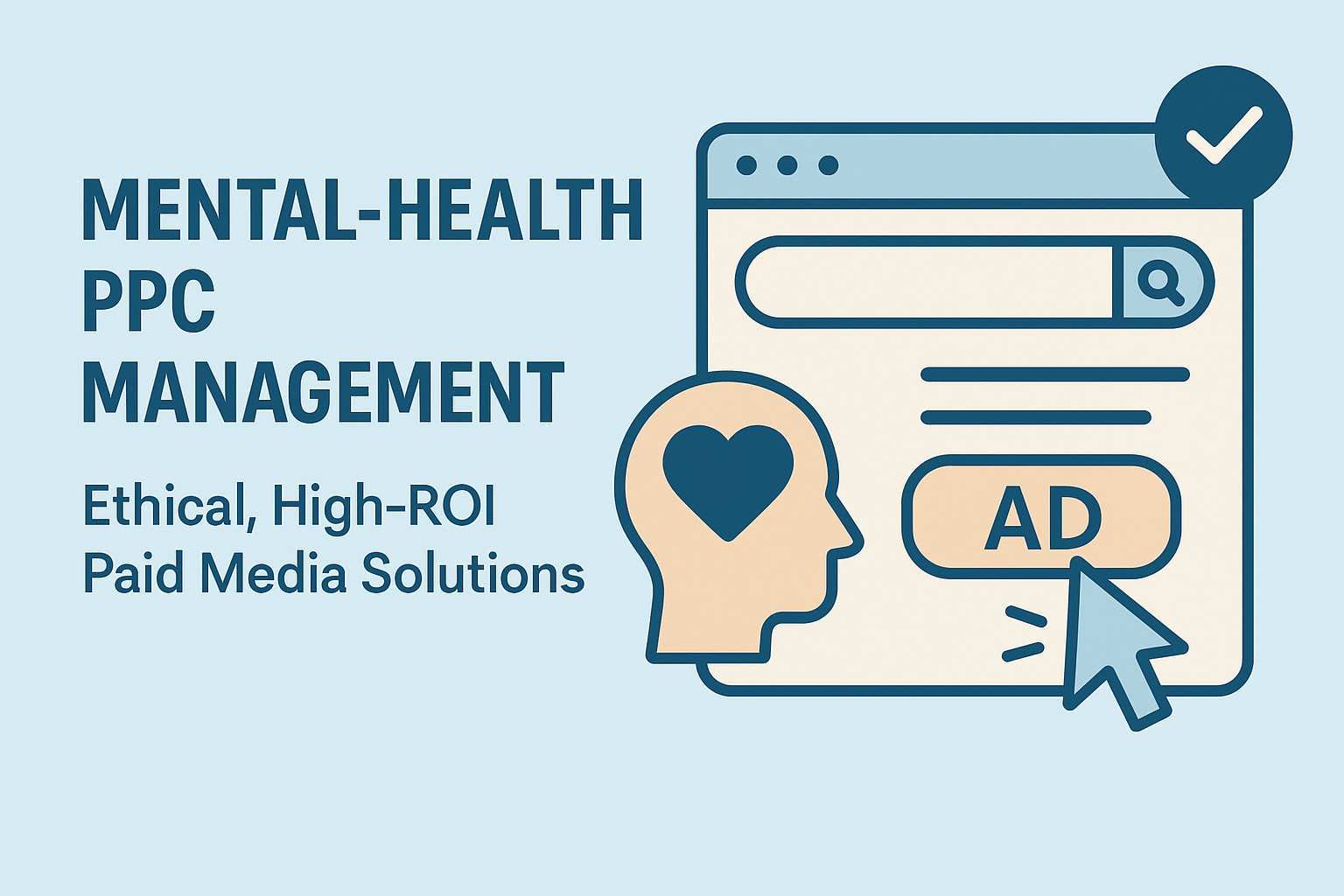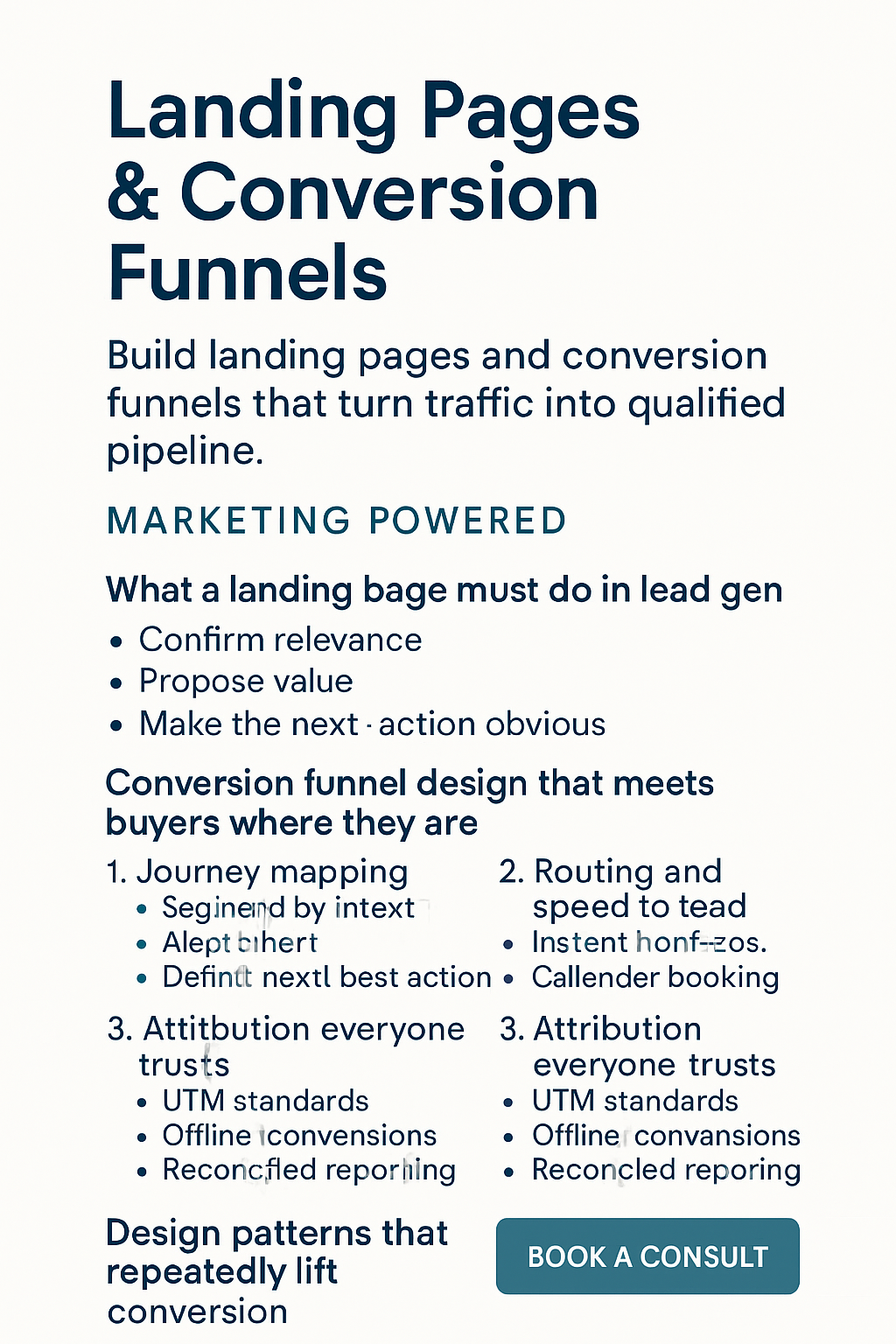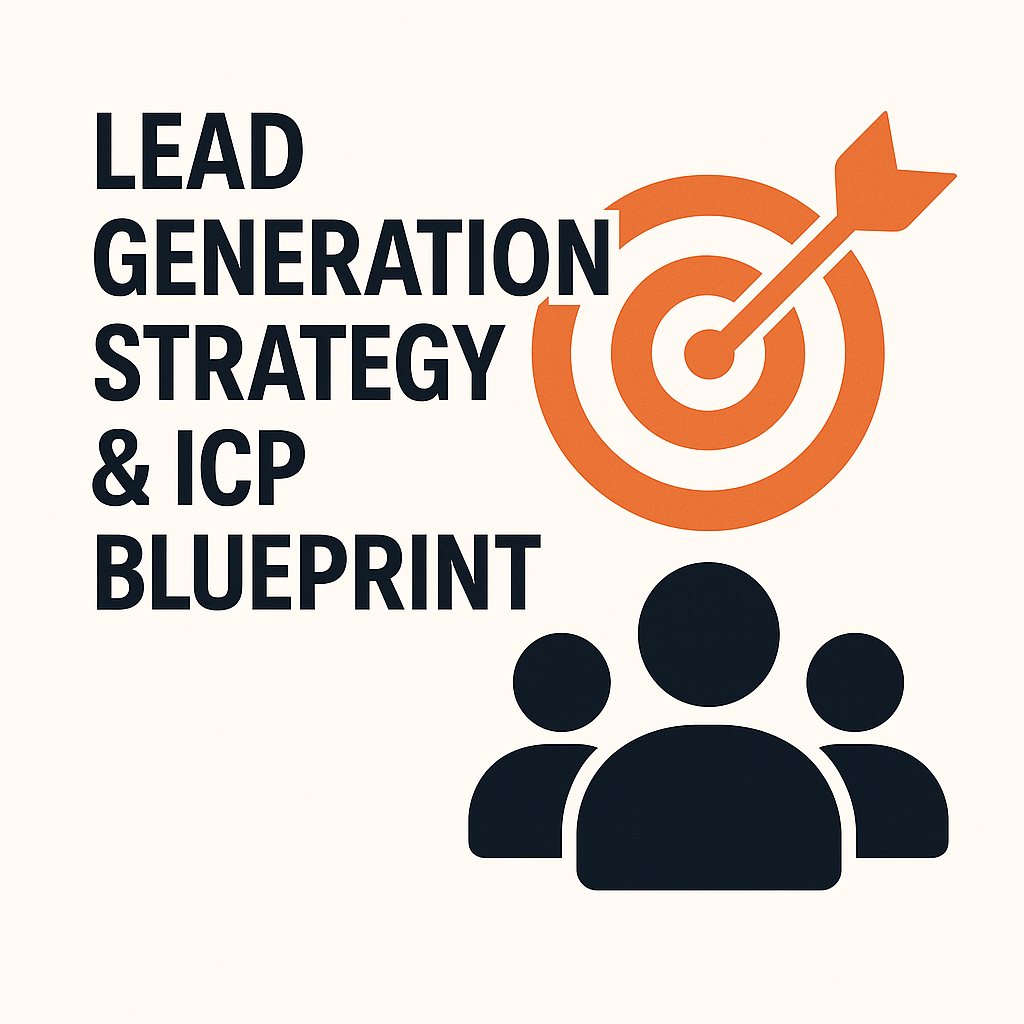A Complete Guide to Building a Scalable Client Pipeline
For law firms, predictable lead generation is no longer optional, it’s the backbone of sustainable growth. In a competitive legal market, where every firm is vying for attention in the same search results, pay-per-click (PPC) advertising has emerged as one of the fastest, most controllable ways to acquire new clients.
But running PPC campaigns for law firms isn’t just about turning on Google Ads and watching leads roll in. Legal PPC is one of the most competitive verticals in digital advertising, with click costs that can exceed $200 in certain practice areas. Success requires a strategic, data-driven approach that prioritizes cost efficiency, lead quality, and conversion tracking at every step.
This guide breaks down exactly how law firms can use PPC to generate high-quality leads, and how to structure campaigns to maximize return on investment (ROI).
Why PPC Matters for Law Firms
Unlike SEO or organic marketing, PPC offers immediacy. You can launch a campaign today and start receiving calls, form fills, and live chat inquiries tomorrow.
Key advantages for law firms include:
- Control – You can set daily budgets, target specific geographies, and adjust bids in real-time.
- Measurability – Every click, call, and form submission can be tracked, revealing exactly what’s working.
- High Intent Traffic – People searching for “personal injury lawyer near me” or “divorce attorney in Dallas” are often ready to take action.
- Scalability – Once you identify profitable campaigns, you can scale spend while maintaining ROI.
Step 1: Define Your Ideal Client and Case Type
A common PPC mistake in legal marketing is casting too wide a net. Not all leads are equal—some are far more valuable than others.
Example:
A personal injury firm might handle everything from slip-and-fall cases to trucking accidents. But trucking accident cases may be worth 10x more in potential settlement fees than a basic slip-and-fall claim.
Action Steps:
- Define your ideal case type and geographic service area.
- Allocate budget accordingly—more to high-value cases, less to lower-value ones.
- Consider creating separate campaigns for each practice area to control messaging and bidding.
Step 2: Build a High-Converting Landing Page
Sending paid traffic to your homepage is a waste. PPC leads require a focused, conversion-driven landing page tailored to their search intent.
Key elements for law firm PPC landing pages:
- Headline that speaks directly to the searcher’s problem – e.g., “Injured in a Truck Accident? Get Legal Help Today.”
- Trust signals – Testimonials, awards, bar certifications, and years in practice.
- Clear call to action (CTA) – Phone number and form prominently displayed above the fold.
- Mobile-first design – Most legal searches happen on mobile devices.
- Live chat or text option – Some prospects prefer messaging over calling.
- HIPAA and privacy compliance – Especially for sensitive case types.
Step 3: Choose the Right Platforms
While Google Ads is the primary platform for law firm PPC, it’s not the only game in town.
- Google Ads (Search) – Best for high-intent leads actively searching for legal help.
- Microsoft Advertising (Bing) – Lower volume, but often cheaper CPCs and older, higher-income demographics.
- Local Service Ads (LSAs) – Pay per lead instead of per click; Google screen badge adds trust.
- Facebook/Instagram Ads – Effective for remarketing and brand awareness, not as strong for direct lead gen in most legal niches.
- YouTube Ads – Can build authority, retarget website visitors, and pre-qualify prospects.
Step 4: Targeting and Keyword Strategy
1. Exact and Phrase Match Keywords
Avoid broad match for most campaigns—it attracts too much irrelevant traffic in the legal vertical.
Example for a Chicago personal injury firm:
- Exact: [Chicago personal injury lawyer]
- Phrase: “personal injury attorney Chicago”
2. Negative Keywords
Build a robust negative keyword list to block irrelevant clicks. Examples:
- “Free legal advice”
- “Pro bono”
- “Lawyer jobs”
- “Legal forms”
3. Geographic Targeting
Set radius targeting around your office or use ZIP code targeting.
If you handle cases statewide, still prioritize high-value metro areas.
Step 5: Write High-Impact Ad Copy
Legal PPC ads need to convey trust, urgency, and authority—fast.
Best practices:
- Use benefit-driven headlines: “Get Justice. No Fee Unless We Win.”
- Include location in the headline for local trust.
- Add emergency response language for time-sensitive cases: “24/7 Free Case Review.”
- Highlight differentiators: Years of experience, multilingual services, specialization in a case type.
Pro Tip: Run multiple ad variations per ad group to test messaging.
Step 6: Implement Conversion Tracking
Without conversion tracking, you’re flying blind. You need to know:
- Which keywords produce form fills, calls, or live chats.
- Which campaigns result in retained clients, not just leads.
Tools:
- Google Ads conversion tracking
- CallRail, CallTrackingMetrics, or similar call tracking
- CRM integration (e.g., Clio Grow, Lawmatics, HubSpot) to measure cost per signed case
Step 7: Use Call-Only Campaigns for Mobile
For certain practice areas—especially personal injury and criminal defense—mobile searchers are more likely to call than fill out a form.
Call-only campaign benefits:
- Click-to-call directly from the ad.
- Filters out users who are just browsing.
- Works well for emergencies (e.g., “Arrested? Speak to a Lawyer Now.”).
Step 8: Budget Scaling With Guardrails
Scaling PPC spend for law firms isn’t about simply doubling budgets after a good week. Increasing spend too quickly can tank ROI.
Scaling tips:
- Increase budgets in 10–20% increments.
- Monitor marginal cost per acquisition closely.
- Pause scaling if lead quality drops.
- Consider cross-account conversion tracking if you manage multiple locations.
Step 9: Leverage Remarketing
Not every prospect hires a lawyer on the first click. Remarketing keeps your firm top-of-mind for people who visited your site but didn’t convert.
Remarketing examples:
- Display ads showing testimonials or recent case wins.
- Video ads explaining your approach to a specific case type.
- Special offers like “Free Case Review This Week.”
Step 10: Optimize for Lead Quality, Not Just Quantity
A common trap in law firm PPC is celebrating a high volume of leads—only to find many are unqualified.
Solutions:
- Review recorded calls and form submissions for quality.
- Adjust targeting and ad copy to attract only the right prospects.
- Use form fields that pre-qualify leads (e.g., “Type of case” dropdown).
Advanced Tactics for Legal PPC
1. Dayparting
Run ads only during hours when you can respond immediately. Immediate response time drastically increases conversion rates in legal niches.
2. Audience Layering
Use Google’s in-market audiences for “Legal Services” combined with your keyword targeting.
3. Intake Optimization
Even the best PPC campaign fails if intake drops the ball. Train staff to answer calls quickly, handle inquiries empathetically, and secure consultations on the first call.
Common PPC Mistakes Law Firms Should Avoid
- No tracking beyond the click – Not knowing if leads turn into clients.
- Using one landing page for all practice areas – Reduces relevance and Quality Score.
- Over-relying on automated bidding without oversight – Google’s automation isn’t always aligned with your profitability.
- Ignoring compliance – Risking state bar violations with ad claims.
- Not testing enough – Failing to A/B test ads, CTAs, and landing page designs.
Measuring Success: Key Metrics for Legal PPC
- Cost per lead (CPL) – What you pay for each qualified lead.
- Cost per signed case (CPSC) – The true bottom-line metric.
- Lead-to-client conversion rate – Percentage of leads that become paying clients.
- Return on ad spend (ROAS) – Revenue generated per dollar spent.
The Bottom Line
For law firms, PPC is one of the fastest, most measurable ways to generate leads—but also one of the easiest ways to waste budget if done poorly. The stakes are high: in legal PPC, a single signed client can justify months of ad spend, but a single month of poorly targeted clicks can burn through thousands with nothing to show for it.
The firms that succeed in 2025 will be those that:
- Target precisely for high-value case types.
- Build landing pages designed to convert immediately.
- Track every lead through to signed cases.
- Refine campaigns constantly based on real-world data, not assumptions.
In a market this competitive, PPC isn’t just an advertising channel—it’s a disciplined, ongoing process of testing, refining, and scaling toward predictable growth.




